Looking to develop your child’s gross motor and sports skills? Rachel Lim and Michelle Ang speak to experts for tips and advice.
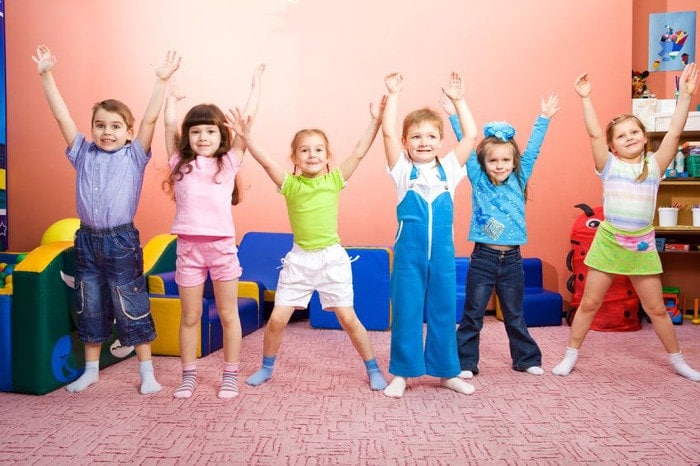
Build core strengths
Ms Rachel Lim, Director of SPORTIFYkids, advocates two principles to focus on as parents endeavour to hone their children’s motor and sports skills – build their core strength to develop a strong spine and to provide experiential learning of life lessons through sports. “A strong core leads not only to good posture in children but more importantly, helps lay a solid foundation to their learning, enabling them to concentrate better and longer.”
According to Mayo Clinic, core strength comes from the muscles in your pelvis, lower back, hips and abdomen. Doing core exercises lead to better balance and stability, which is important in most sports and other physical activities.
Children Become Strong And Resilient
Sports also help to build character and emotional resilience in children. “Sporting opportunities are excellent platforms to impart lifelong lessons like good sportsmanship, listening, perseverance, pursuing excellence, taking turns, teamwork, understanding boundaries and following rules,” adds Ms Lim.
Activities that develop kinaesthetic skills
Physical movements are crucial in children’s brain development and learning. Ms Janice Tay, Director at My Gym @ Buona Vista who has 10 years of experience in the field, suggests simple but important activities you can do at home to hone and strengthen kinaesthetic skills.
- Play ‘Catch’
Throwing and catching a ball helps to develop hand-eye coordination.
- Balancing
Walk on balance beams, curbs, fallen trees improve their sense of balancing. Other balance-related activities include jumping from one spot to another, hopping on one foot, walking on tip-toes, headstand, handstands.
- Music & Movement
Besides body coordination, learning different dance moves is a fun way to improve memory too.
- Kicking
Kicking a ball is a fun and easy way to develop coordination and muscle control.
- Obstacle Course
Create a physically engaging course that requires whole body movement such as crawling, jumping, balancing, climbing, hula hooping and more.
➡️ Related Read: Encourage Running for Kids
Get in the water!
Water is a great tool to improve physical, mental health and brain development; it develops children’s gross motor skills, coordination, balance and confidence. How young can your little one start swimming? After 6 months, says Elena Lim, Director of Little Splashes.
She adds, “Babies after six months of age are ready to be in the water. This is when their neck is more stabilised and their muscles are developed enough. Every child is born without water phobia. It is important to slowly condition your baby to be accustomed to the water.”
➡️ Related Read: Benefits of Baby Swimming
Where to go: My Gym @ Buona Vista, Gymboree Play and Music, Little Splashes Swim School, AQZOG Swim School, Sports4kids, SPORTIFYkids, The Little Gym, The Aquatics Swim School.
For more tips from the experts, read our Enrichment and Preschool Resource Guide
* * * * *
Running a service or business targeted for parents? Reach out to a wider audience in our Best Enrichment Classes compilation. Leave your contact details here and we will get in touch with you.
Like what you read and want more? Receive our latest articles and giveaways when you sign up on our mailing list here.












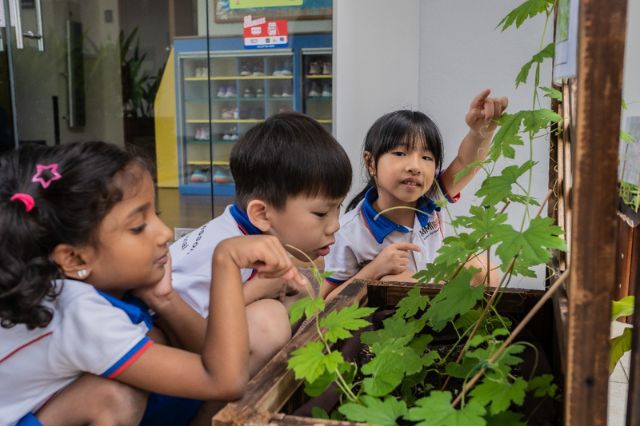







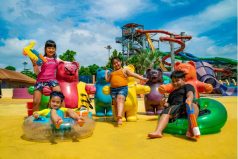
















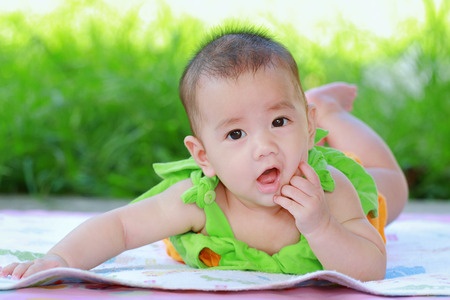
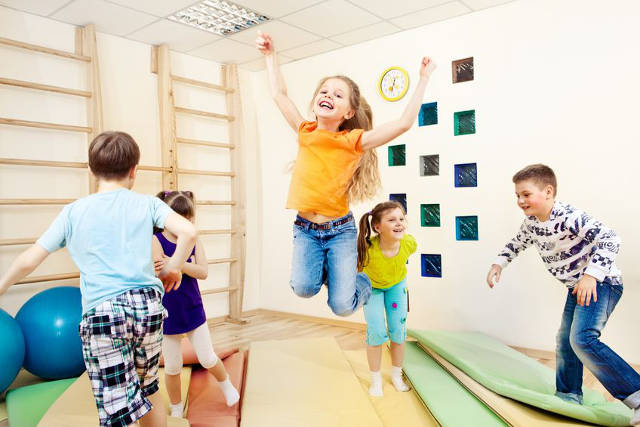
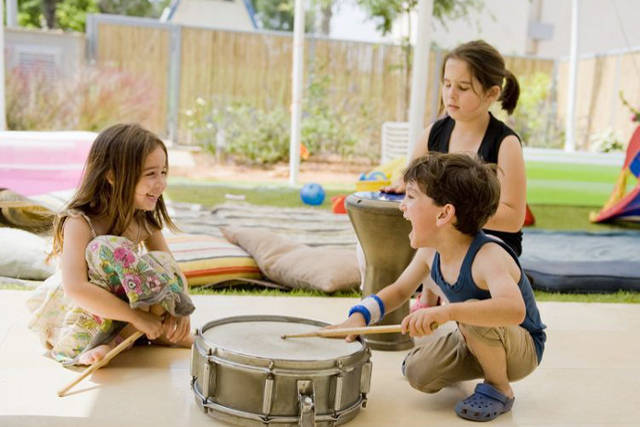
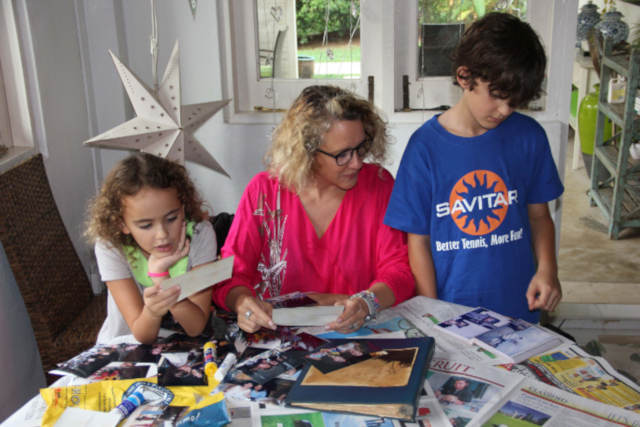
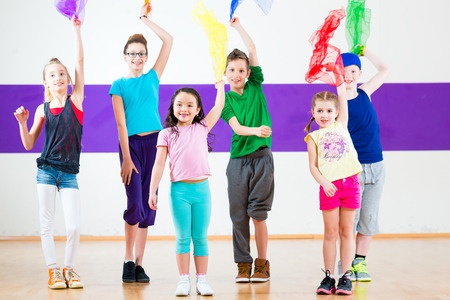
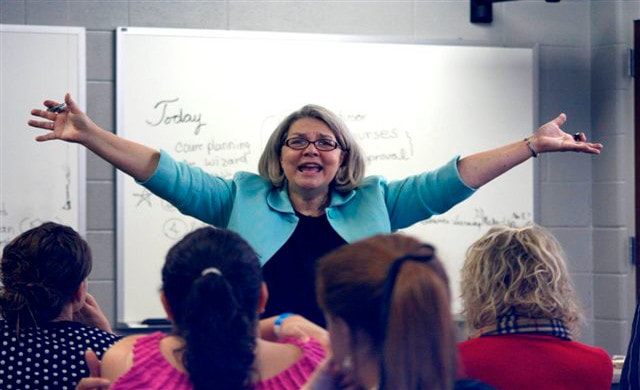
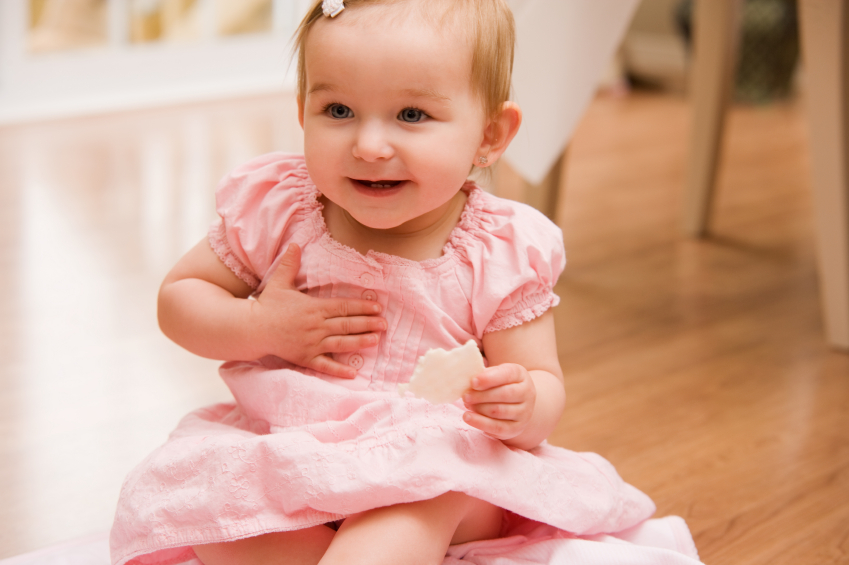
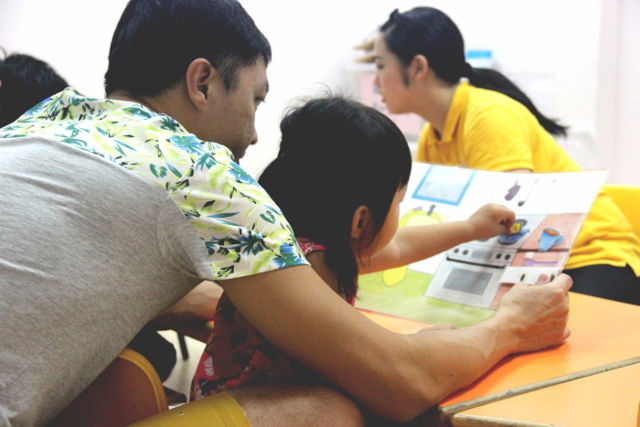
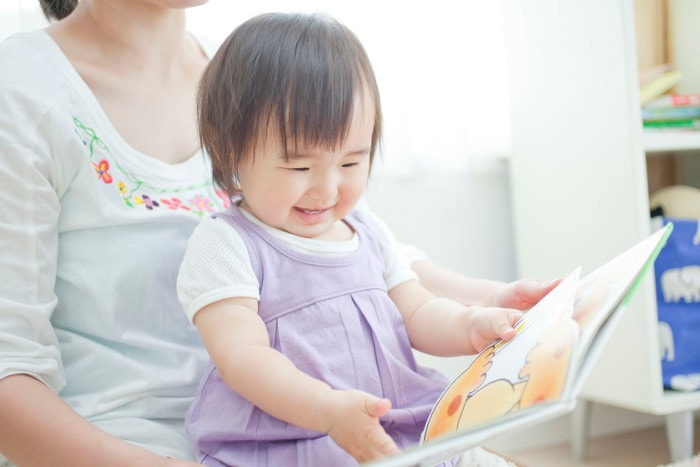
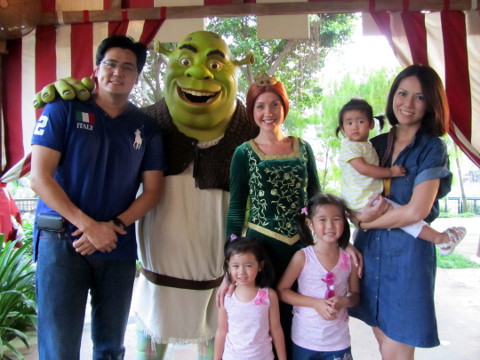
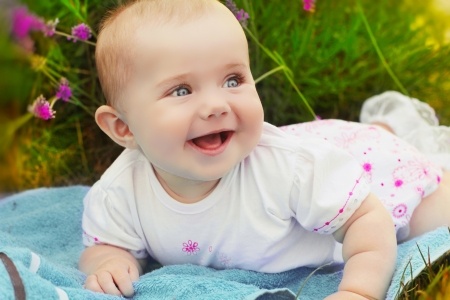
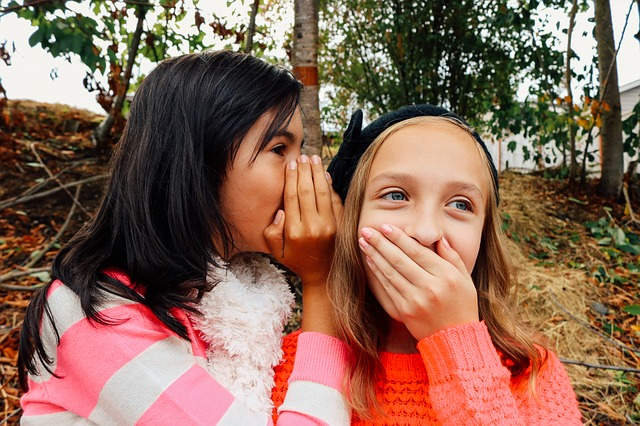



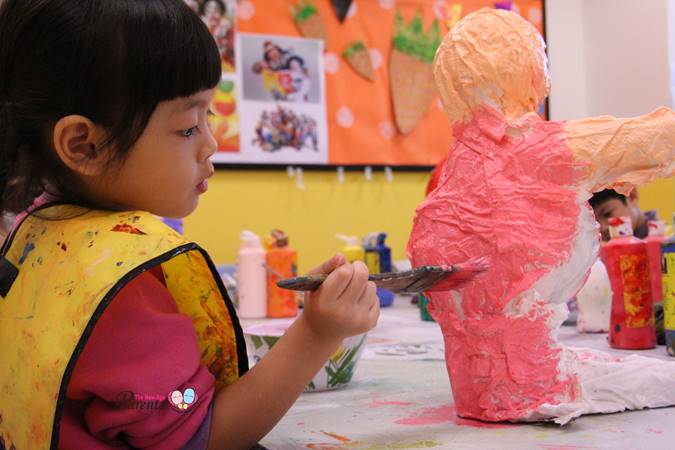







Leave a Comment: